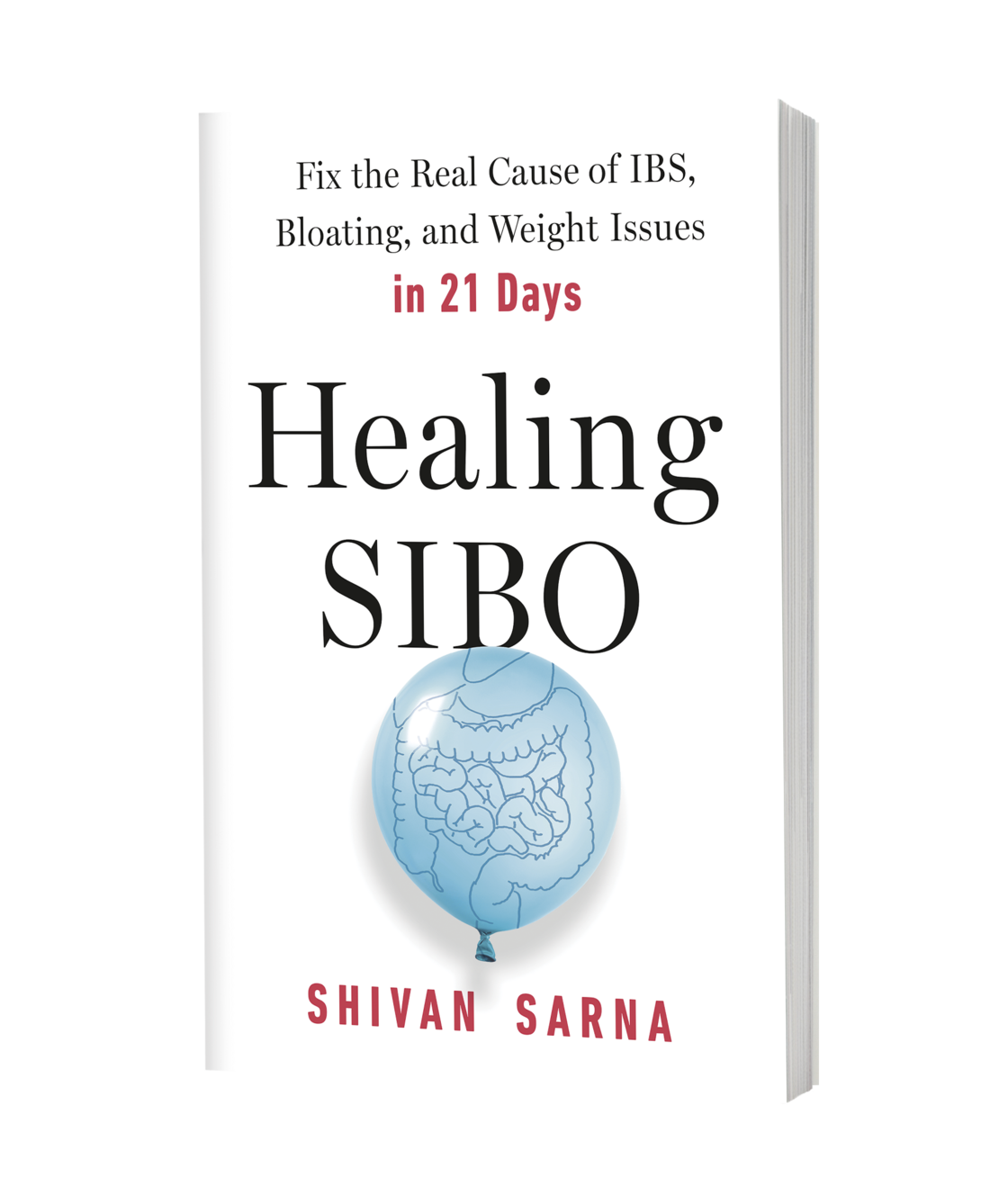Digestive Disease Week 2023 Research Update by Dr. Mark Pimentel (May 2023)
- Twenty new slides covering all the new research
- More research validation for the #1 underlying cause of SIBO
- An in-depth explanation of antibodies (CdtB and Vinculin as a root cause)
- The two types of microbiomes (microtypes) and the impact of SIBO on your genes
- Improved gold standard for breath testing
- New methane/IMO and hydrogen sulfide insights and indicators
- A must-watch for newbies and advanced SIBO patients and practitioners
- Identifying food poisoning as a primary cause of SIBO/IBS
- Creating the test to diagnose SIBO/IBS from food poisoning (IBS Smart)
- Identifying the bugs that are overgrown in each type of SIBO/IMO
- Reclassifying methane-SIBO as IMO (intestinal methanogen overgrowth)
- Pioneering treatments for SIBO, including Rifaximin, Rifaximin + Neomycin, the Elemental Diet, and Prokinetics
- Creating the Cedars-Sinai low-fermentation diet
- Creating the hydrogen sulfide breath test Trio Smart (which tests all 3 gases: hydrogen, methane and hydrogen sulfide)
- Sequencing the small intestine microbiome
- and more
🧾 SHOWNOTES
Shivan Sarna's Healing SIBO: Fix the Real Cause of IBS, Bloating, and Weight Issues in 21 Days
👉 https://sibosos.com/book
Join the SIBO Recovery Roadmap Course® here (for Patients):
👉 http://sibosos.com/sibo-recovery-roadmap
Dr. Allison Siebecker's SIBO Pro Course (for Practitioners only):
👉 http://sibosos.com/procourse
Watch our FREE videos on YouTube!
👉 https://www.youtube.com/c/SIBOSOS
Join us in the SIBO SOS®️ Facebook Group:
👉 https://www.facebook.com/groups/SIBOSOSVirtualSummit/
Support Dr. Mark Pimentel's Gut Microbiome Research
👉 https://support.cedars-sinai.edu/fundraiser/2127909
Dr. Allison Siebecker's FULLSCRIPT Dispensary
15% off 20,000+ professional-grade supplements
🛒 https://sibosos.com/fullscript
Dr. Allison Siebecker's Rupa Labs Functional Testing Library
🧪 https://sibosos.com/rupa
Trio-smart™ is the only breath test to measure all three gases: hydrogen, hydrogen sulfide, and methane. Available from Gemelli labs which you can order for yourself by filling out the questionnaire.
https://www.triosmartbreathtest.com/
The IBS Smart Test. A simple antibody blood test that is making IBS easier to accurately diagnose... and revealing the root cause behind the disorder! (You may have heard of it if you follow Dr. Mark Pimentel's groundbreaking research.
https://sibosos.com/ibs-smart-test
// ABOUT
Dr. Mark Pimentel is the top research doctor in the fields of IBS (Irritable Bowel Syndrome), SIBO (Small Intestine Bacterial Overgrowth), and other functional gut disorders. As head of the MAST-Pimentel Laboratory at Cedars-Sinai Medical Center in Los Angeles, Dr. Pimentel and his team work tirelessly to find a cure for gut motility diseases. He is the world's leading expert and researcher in the fields of IBS (Irritable Bowel Syndrome), SIBO (Small Intestine Bacterial Overgrowth), IMO (Intestinal Methanogen Overgrowth), and other functional gut disorders.
Shivan Sarna is the author of Healing SIBO, TV host, and the creator of the SIBO SOS® Summits and Community, the Digestion SOS® documentary series, the Gut & Microbiome Rescue Summit, the Lymphatic Rescue Summit, the Dental-Health Connection Summit, and Chronic Condition Research, a 501(c) 3 non-profit to further research under-funded medical conditions. After a lifetime of struggling with health issues, Shivan made it her mission to demystify her own health struggles - and to share that information with others who were struggling. Her special skill is finding and connecting with the leading expert doctors and connecting those experts with the people who need their help. Her personal mantra is SOS: Save Our Selves, and that's what she has helped thousands of people do!
Dr. Allison Siebecker is an Instructor of Advanced Gastroenterology at NUNM, an award-winning author, and the 2021 Lifetime Achievement Award recipient from the Gastroenterology Association of Naturopathic Physicians. She was the former medical director and co-founder of the SIBO Center for Digestive Health at NUNM. Dr. Siebecker has specialized exclusively in SIBO since 2011, serving as a second and third-opinion referral doctor for patients who have failed previous treatments and is the creator of many staple SIBO treatments. Dr. Siebecker is passionate about education, she has been teaching physicians, medical students, and patients internationally since 2010, with many going on to become SIBO specialists and teachers, sharing alongside her at conferences and in their own courses, websites, and books.
Fix the real cause of SIBO, IBS, Bloating...
 |
BUY THE BOOK |
Click to listen or click the button below to download the audio file to listen on the go!
Click the button below to download the transcript file to read on the go!